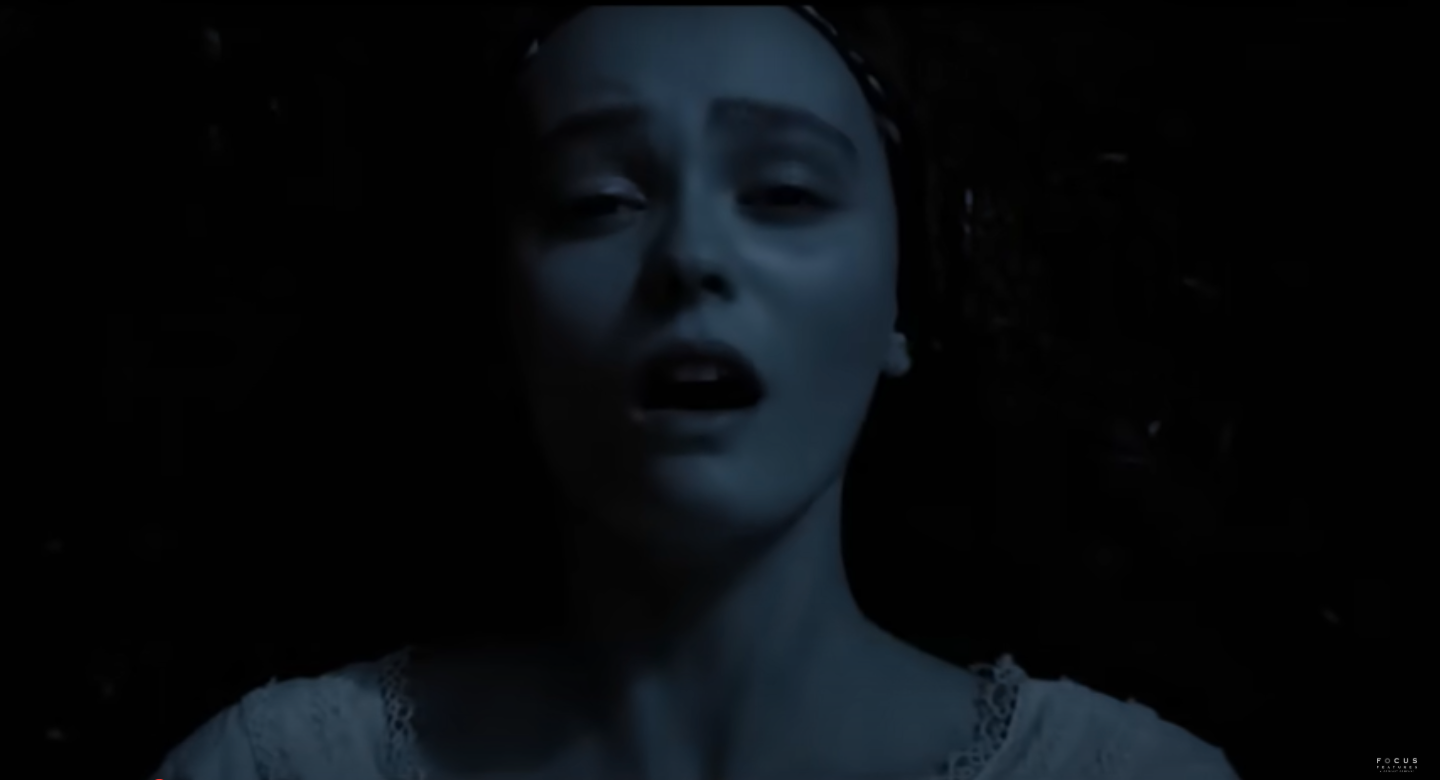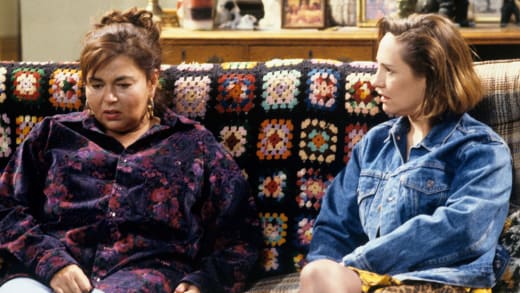When I caught news of the publication of Francesca Peacock’s biography of Margaret Cavendish, my ears pricked up—I’d just learned about the 17th-century writer and philosopher several months earlier in Regan Penaluna’s excellent book on women philosophers throughout history and was dying to know more about Cavendish in particular. I asked if Peacock and Penaluna might correspond with each another to discuss philosophy, feminism, and Cavendish. They were generous enough to oblige. —Sophia Stewart, editor
Dear Francesca,
I’m not superstitious, but I do love to encounter things from the 17th century, especially those that the women philosophers I wrote about in my book, How to Think Like a Woman, may have also come across. It’s not that the object itself is objectively more special, but I love its effect on my mind—its animating power—and I do somehow feel closer to these remarkable thinkers.
I feel something similar when I meet people who are also drawn early modern women intellectuals, so when I learned about your wonderful book on Margaret Cavendish, Pure Wit, and now have had the chance to read it, I was thrilled by the idea of corresponding with you.
Tell me—was there a moment, an object, a shred of writing, a fact that brought her into sharp focus for you and made you realize that you should write a book on this incredible, yet nearly-forgotten woman?
Yours,
Regan
Dear Regan,
I share your feeling—for me, I love the sense of discovering a network of early modern women writers’ thoughts: what they read or might have read, who they met or might have met. I felt similar when I discovered that Margaret Cavendish (probably) owned a manuscript by the 14th-century writer Christine de Pizan. What a heritage of women’s writing!
I so enjoyed reading your book: I read it first last spring, just when I had finished my own, and again this Christmas break. But I really wish I could have read it during the last year of my undergraduate degree: I was writing my dissertation on Mary Astell—and Lady Mary Chudleigh and Anne Finch, amongst other women writers—and would have been so buoyed and inspired by your discussion of the gendered elements of philosophy, and the delight you found in reading Astell.
 This is, really, a roundabout way of answering your question about how I came to Cavendish. One answer is much simpler, and more immediate. A couple of summers ago, I read a collection of some of Cavendish’s prose writings, and was just wowed. Here was a writer who, all the way back in the 17th-century, was able to articulate a sense of the constraints women were living under, and was able to do so in such rich, imagined landscapes and all whilst engaging with scientific and philosophical debates of the day. Then, at the end of her utopian work of science fiction, The Blazing World, I read her “epilogue to the reader” in which she declares, “my ambition is not only to be Empress, but Authoress of a whole World.” What sheer boldness! It is such a statement. What type of woman could write that in an era where women’s education was limited? In a life which was continually up-ended by the civil war? I was hooked, and, when I realized that 2023 marked Cavendish’s 400th anniversary, I wanted nothing more than to get her work to a wider audience.
This is, really, a roundabout way of answering your question about how I came to Cavendish. One answer is much simpler, and more immediate. A couple of summers ago, I read a collection of some of Cavendish’s prose writings, and was just wowed. Here was a writer who, all the way back in the 17th-century, was able to articulate a sense of the constraints women were living under, and was able to do so in such rich, imagined landscapes and all whilst engaging with scientific and philosophical debates of the day. Then, at the end of her utopian work of science fiction, The Blazing World, I read her “epilogue to the reader” in which she declares, “my ambition is not only to be Empress, but Authoress of a whole World.” What sheer boldness! It is such a statement. What type of woman could write that in an era where women’s education was limited? In a life which was continually up-ended by the civil war? I was hooked, and, when I realized that 2023 marked Cavendish’s 400th anniversary, I wanted nothing more than to get her work to a wider audience.
But there’s another answer, which lies back with Astell, and other early modern women writers. Since my undergraduate degree, I have been fascinated by the growth in women’s writing and intellectual thought in the 17th and early 18th centuries. How did they come to write when so much was stacked against them? What did they read, and how were they educated? How did they interact with the male philosophers of the period? And, the most important question for me, how did they conceive of their sex, and gender? Did they see themselves as separate to men? Lesser than them? Can we, now, call their writing “feminist”?
There’s a passage in your book where you are discussing Astell which is very resonant for me, and these questions. You describe giving a paper on her, and being asked by a student if she was speaking to “all women” or just “upper-class white women.” It’s a question I asked of myself with Cavendish many times. How do you feel about calling these women “feminist thinkers”? Do you see them forming a tradition of feminist thought, even if they don’t fit into current thinking and sensibilities? Is it odd, in fact, that we want to impose our own contemporary structures and requirements of feminist thought onto them?
Yours,
Francesca
Dear Francesca,
 I love bell hooks‘s definition of feminism, which is my usual starting point when thinking through these sorts of questions. She describes feminism as the “struggle to end sexist oppression,” and, more generally, as “the struggle to eradicate the ideology of domination.” The writers I focus on are each invested in these efforts, and so I do label them feminists—with caveats, of course. And that’s where it gets more interesting. You do such a beautiful job pointing to the feminist and conservative elements in Cavendish. But my takeaway from your book is that despite her contradictions she deserves a place in our feminist canon. Do you agree?
I love bell hooks‘s definition of feminism, which is my usual starting point when thinking through these sorts of questions. She describes feminism as the “struggle to end sexist oppression,” and, more generally, as “the struggle to eradicate the ideology of domination.” The writers I focus on are each invested in these efforts, and so I do label them feminists—with caveats, of course. And that’s where it gets more interesting. You do such a beautiful job pointing to the feminist and conservative elements in Cavendish. But my takeaway from your book is that despite her contradictions she deserves a place in our feminist canon. Do you agree?
Yours,
Regan
Dear Regan,
hooks’s definition is wonderful—and able to cross time periods and specificities, while still pointing to a sense of struggle and desire for liberation. For me, Cavendish is such a wonderfully contradictory figure. A woman who wrote plays and proto-novels about feminist liberation—and railed against the bodily trauma of childbirth and pregnancy—while still being a conservative Royalist in England’s civil war. A woman who declared that marriage was little more than “slavery” for a woman, while being in an incredibly supportive relationship herself: It was her husband, William, who helped educate her, and helped to launch her writing career.
And yes, despite these contradictions, I believe she does deserve a place in our feminist canon. There’s a temptation to argue that her boldness in writing—she was one of England’s earliest female professional authors—is almost reason enough to include her: She published her earliest poems and philosophy when to do so was almost unheard of for a woman. But, there’s another reason of course. In her writing—from plays that posit the possibility of women-only worlds, to her philosophy in which she genders both “nature” and “reason” as female—there’s a palpable sense that she is cracking open a male-dominated view of the world. In her books (all 23 volumes of them) there is no excuse not to consider the world from a woman’s point of view; to consider how the world is different for women.
In your book, you write brilliantly about Damaris Cudworth Masham—a English philosopher who is only three decades younger than Cavendish, and was encouraged to write and publish by John Locke. Cavendish’s name is often tied to the more famous male philosophers she knew—Thomas Hobbes and René Descartes—but her ideas are so palpably original. Do you feel the same about Masham? I found your writing on Masham’s philosophy of childbirth and motherhood fascinating. Why is it that often these fields are not considered “philosophy” or serious intellectual writing? Simply because they are more “feminine”?
Yours,
Francesca
Dear Francesca,
My husband and children are traveling without me this weekend, and I’ve been on my own for a few days, which so rarely happens. But when it does, I’m initially met with a sensation of emptiness—the meaning I derive from performing simple, daily tasks for my family is suddenly gone, however temporarily, along with them. Of course, I soon happily fill this time with my projects (which is what I’ve done this weekend), but it’s striking to me, because so much of this domestic activity, traditionally performed by women, has historically been ignored or downplayed by philosophers. I think there are many reasons for this, which includes the prejudice that began at least with Aristotle that women are not fit to do philosophy. A consequence of this is that women’s experience (of which motherhood is one possibility) isn’t considered relevant to doing philosophy, and so the white male view is taken to be the “human” view—to our great detriment. When Masham decided to take a risk and publicly share her thoughts, it was to defend the significance of domestic life, particularly the work of mothers. Not that she thought all women should be mothers, but she wanted to protect the dignity and importance of the role itself.
I’m thinking of something else today in your book—your outline of Cavendish’s character, which I find fascinating. You describe her as intensely shy with depressive tendencies, yet her writing often gave her, as you say, an “internal sense of calm and peace.” I loved learning about this. How much do you think her depression was the result of external causes (sexism, for example) and how much (if any) from shyness? And do you see her writing as an attempt to overcome these blocks? Or maybe her outlandish sartorial decisions were another way to combat sexism and shyness, like that evening she attended a London play in a low cut dress that laid her breasts bare?
Yours,
Regan
Dear Regan,
I find Masham’s insistence on the dignity of women’s experience deeply moving; it’s an approach to philosophy that can’t ignore life beyond the writing desk; the life of a house beyond a book-lined study. It makes me think of Cavendish, too. Her letters, plays, and prose are littered with women suffering through childbirth, or complaining about their bodily fate—but from a slightly different perspective. Unlike the women she writes about, she was unable to have children (and was treated, with no success, for “sterility”), and called her books her “babes” instead.
I think this transference—making her books her children—reflects just how much of herself she dedicated to them: Living in exile for many years, writing was more than just a pastime but something of a solace. But yes, as you say, she struggled greatly: In one of her love letters to her husband from their early courtship, she writes about how she looked upon the world as a “dissolution”; a place where her “hopes” had taken “opium.” There’s definitely some degree to which this sadness was innate: caused by her own desire to retreat from the world, and a shyness which dogged her from her childhood onwards. But there’s definitely something situational, too: She lived through the English Civil War, lost many members of her family, and lost any sense of home. When she did eventually return from exile, her family house had been ransacked. And the only thing that gave her any pleasure, her books, was routinely used as an example of her insanity; her difference to every other woman. Her writing—about her family, about peace, about violence—is, I think, often a way of processing this. In The Blazing World, she creates a universe in which war can be easily quelled (with, of course, a woman in charge).
But yes, as you say, this shyness and reticence seems so in contradiction to her displays: the nipple tassels and the white bulls! Earlier on in my writing and research, I saw this as a difference which couldn’t be resolved; a mark of her split character. But, I changed my view as I wrote: There’s a sense to which her performances—the outrageous clothes—are just that, performances; a way of making her character. And, could these performances be aiming at something else? So much of her philosophy is concerned with death and the afterlife—something which she seems not to entirely to believe in. Instead of any Christian beliefs, she latches upon “fame” as a way of ensuring existence after death. Writing was one way to fame, and outrageous clothes another. A part of me now thinks the two pursuits are two sides of the same coin.

 Something about Cavendish’s performances makes me think of your writing about Mary Wollstonecraft; about her thoughts on women’s personhood. I wonder, now, if Cavendish was playing up to what others—men, predominantly—thought of her: hyper-sexed, unusual, mad. You write about how Wollstonecraft prefigures Simone de Beauvoir‘s idea that “one is not born, but rather becomes, a woman.” I wonder what strength—and what “association of ideas”—it took to come to this view in a world which seemed to have such a strict view of what a woman was.
Something about Cavendish’s performances makes me think of your writing about Mary Wollstonecraft; about her thoughts on women’s personhood. I wonder, now, if Cavendish was playing up to what others—men, predominantly—thought of her: hyper-sexed, unusual, mad. You write about how Wollstonecraft prefigures Simone de Beauvoir‘s idea that “one is not born, but rather becomes, a woman.” I wonder what strength—and what “association of ideas”—it took to come to this view in a world which seemed to have such a strict view of what a woman was.
Yours,
Francesca
Dear Francesca,
I think in many ways, Wollstonecraft’s strength derives from an inordinate belief in herself and, like Cavendish, a wish for fame. She wrote to her sister that she was “the first of a new genus.” She was known to be outspoken at dinner parties, not cowed by the presence of elite male intellectuals, and in some cases even speaking over them. But we also know that she had moments of profound insecurity. She attempted suicide twice. And when her husband Godwin provided critical comments on her final, unfinished opus, it threw her into a brief depression. Fortunately her confidence had the edge in this ongoing, internal battle.
How glorious that Cavendish equated her fame with her afterlife, and I found it interesting to learn in your book how invested she was in revising her works and creating new editions. So it’s also sad to learn that after her death, some of her biographers and editors got her wrong and downplayed the power and eloquence of her writing. Do you have one example of this that you found especially egregious? This may be a beautiful note to end on—given your expertise on this incredible woman, what direction can you point us to when thinking of Cavendish?
Yours,
Regan
Dear Regan,
Cavendish and Wollstonecraft seem to be contradictory kindred spirits, with their mix of confidence and insecurity. I’m thankful confidence has a way of winning out: The world is so much richer for their writing. It makes me think of a couplet from one of Cavendish’s poems she wrote about death, fame, and the afterlife:
But say that Book should not in this Age take
Another age of great esteem may make.
Cavendish always thought she was writing for a time which was not her own; a century which might appreciate her more, and understand her. But yes, as you say, she had to wait a while: Even as recently as the late 20th century, critics were still—seriously—suggesting that some of her more creative writing stemmed from schizophrenia.
I think one of the examples of her public disparagement I find most compelling is now permanently visible: on show on her tomb in London’s Westminster Abbey. She was buried almost exactly 350 years ago, in January 1674, under a stone effigy of her and her husband. The epitaph, however, I find difficult to read: It proclaims that while Cavendish was a “wise wittie & learned lady,” she left behind “noe issue.” Her childlessness receives equal billing with her intellectual achievements; her own insistence that her books were her children has been ignored. If I could point to one thing when thinking of Cavendish, it would be her generative possibilities, her creation of new worlds, her 23 books—rather than her absence, or lack, of anything (be that children, traditional education, or any one of the other deficiencies she has been accused of). Her philosophy still has so much to teach us now—from her feminism, to her consideration of the natural world and ecologies.
It has been so wonderfully enriching talking to you Regan, and to have the chance to draw so many links between women philosophers in the early modern period. I only wish we could have had Cavendish, Masham, Astell and Wollstonecraft along to join!
Yours,
Francesca
























































